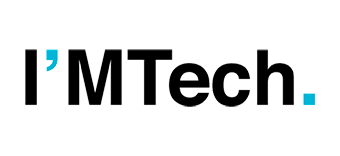Smarter models of the ocean
The ocean is a system that is difficult to observe, whose biodiversity and physical phenomena we still know very little about. Artificial intelligence could be an asset in understanding this environment better. Ronan Fablet, a researcher at IMT Atlantique, presents the projects of the new Océanix Research Chair. What is the objective? To use AI to optimize models […]

